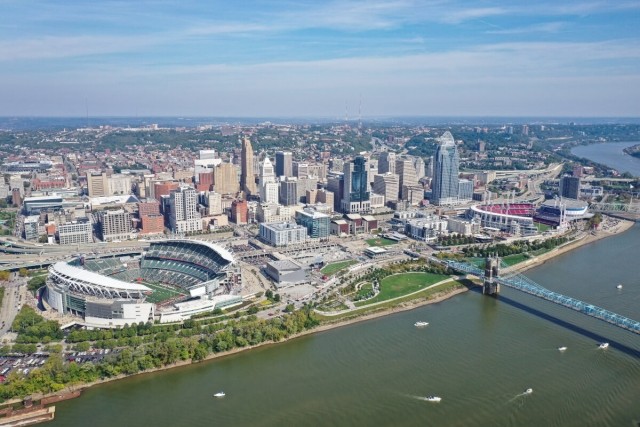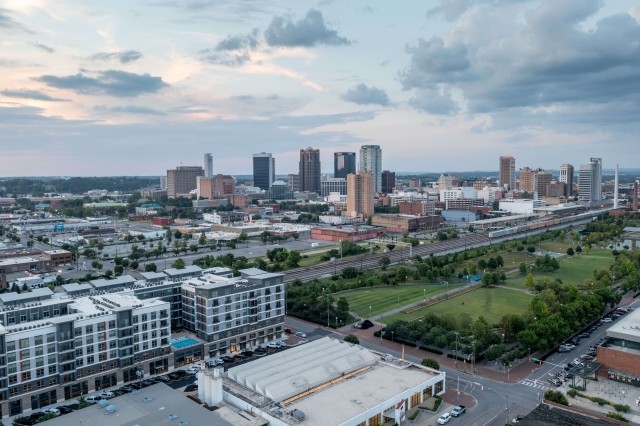How to Find a Rental in San Francisco’s AI Boom: San Francisco Rental Market Trends in 2025
San Francisco’s rental market has roared back to life, vaulting to the top of the nation’s most cutthroat markets, a drastic turnaround compared to the past couple of years. Fueled by the AI boom, workers are flooding back, vacancy rates have plunged to decade lows, and rents are climbing at a pace few other cities can match.
This has created a housing battlefield where every available apartment draws in hordes of renters. To get an apartment, you need to stand out from the competition with sharp timing and market knowledge. See how AI is reshaping the city and its rental market, the trends driving demand, and the strategies you’ll need to land an apartment for rent in San Francisco before it’s gone.
Key Takeaways
• San Francisco leads U.S. rent growth, with average rents rising 6.2% year-over-year to $3,102 — 89% higher than the national average.
• Vacancy rates have plunged to 4.4%, the lowest since 2014 and nearly half the national average, as AI job growth and hybrid work fuel housing demand.
• New construction remains limited, with under 2,000 units underway — far fewer than cities like Austin or New York — tightening supply as demand surges.
What Is the AI Boom in San Francisco?
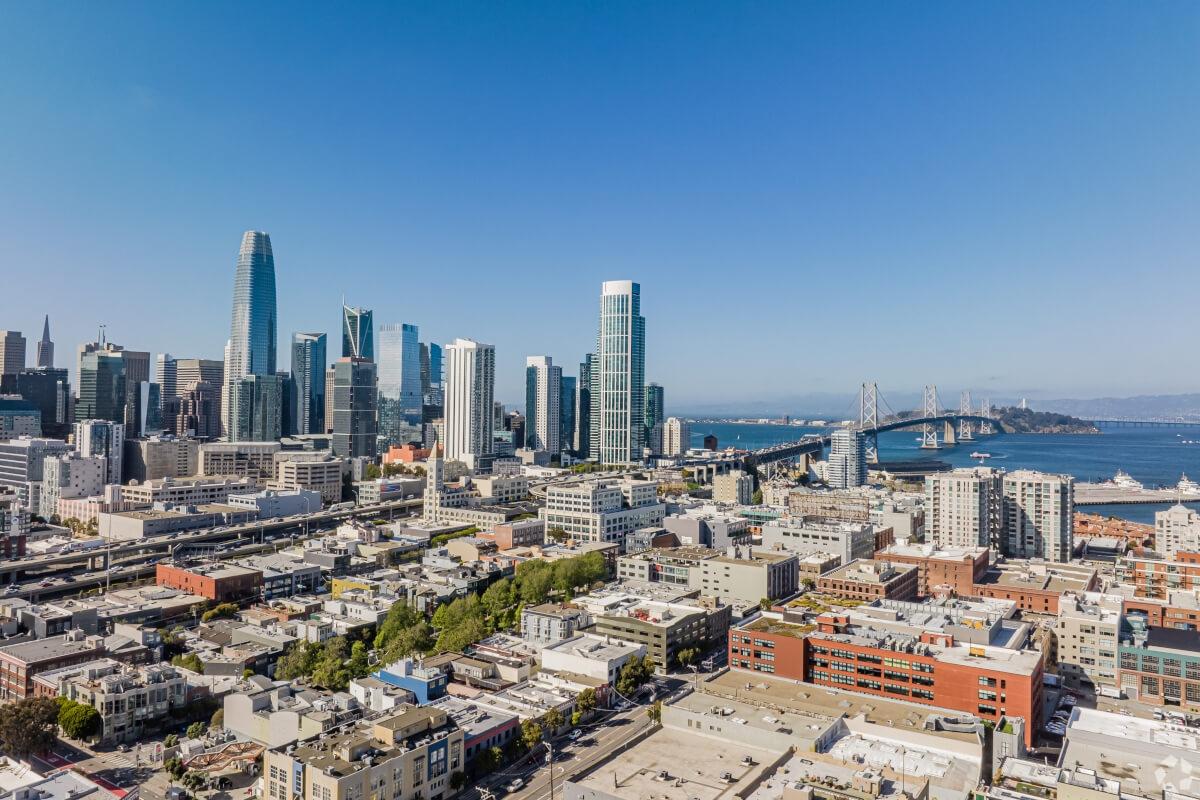
The AI boom is the rapid acceleration of artificial intelligence development, adoption, and investment across industries. It’s not just a tech trend but a global economic and cultural shift: companies are embedding AI into healthcare, finance, marketing, and creative tools, while billions in venture capital fuel a race to dominate the field. This has created a seismic shift in the tech job market with job postings with AI skills doubling from around 40,000 in 2024 to 82,980 in 2025, according to Brookings’ “Mapping the AI Economy.”
San Francisco has emerged as the epicenter of the AI boom. Brookings classifies San Francisco as one of the Superstars of AI due to its strength across the three AI pillars of talent, innovation, and adoption. 13 percent of all job postings with AI skills were concentrated in the Bay Area, according to Brookings. AI job postings in San Francisco rose by 145 percent from April 2018 to April 2025.
This talent concentration is reinforced by the financial and institutional support pouring into the San Francisco’s AI industry. Over the past two years, one-third of all venture capital funding in the nation went to companies in the Bay Area.
Brookings reports that a lot of innovation activities are centered around the Bay Area as well. Nine percent of AI publications and 34 percent of AI patents are generated in the cluster. Many major AI companies and startups call the area home, Brookings reports that 31 percent of AI startups created after 2014 operate in the Bay Area. In addition, there are several top AI research universities and many giant tech companies in the vicinity. This strong base, continued development, and focus on AI in the city cements San Francisco’s position as the nation’s hub for AI.
2025 San Francisco Rental Market Trends: The Latest Snapshot
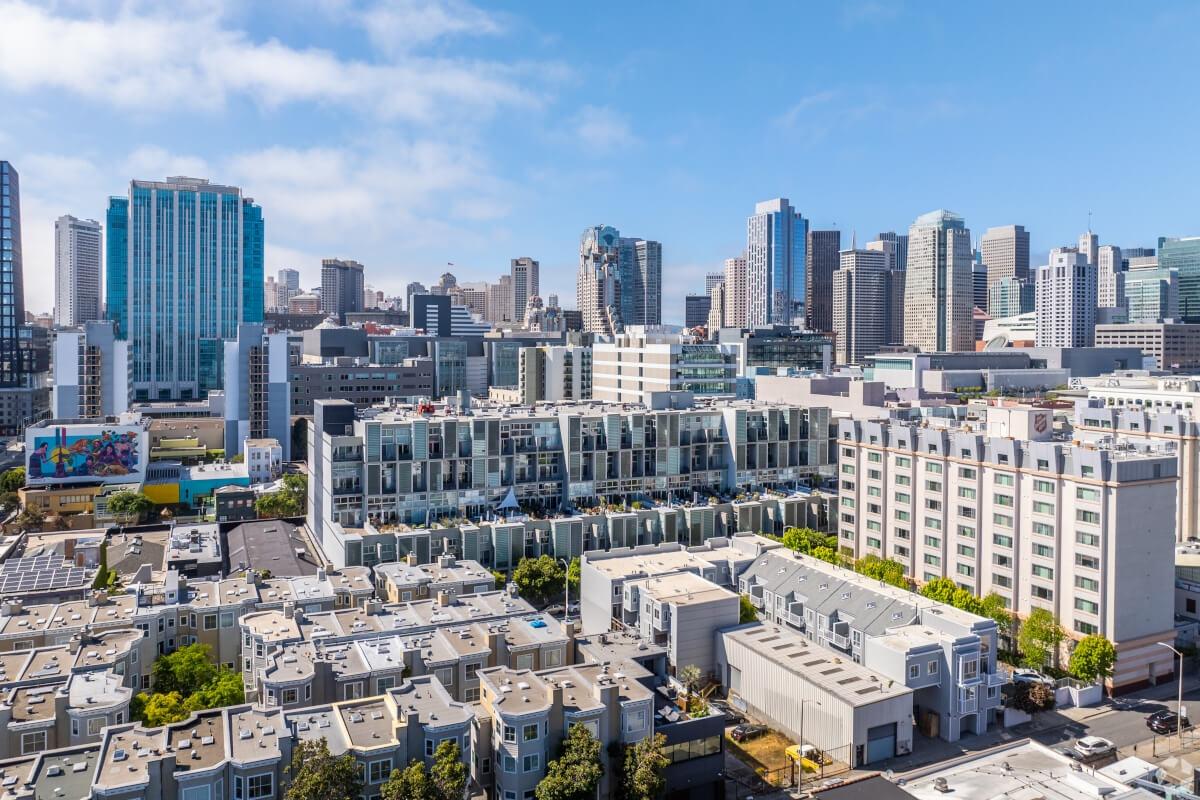
|
Floor plan type |
Average rent |
Average sq feet |
|
Studio |
$2,367/month |
405 sq ft |
|
One-Bedroom |
$3,092/month |
581sq ft |
|
Two-Bedroom |
$4,204/month |
875 sq ft |
|
Three-Bedroom |
$5,742/month |
1,125 sq ft |
After a couple stagnant years, San Francisco has experienced a sharp turnaround, largely due to the AI boom. The average rent in San Francisco has shot up to $3,102/month, 89 percent higher than the national average of $1,640/month. Rents have increased year-over-year by 6.2 percent with CoStar Group reporting that the city has the highest rate of rent growth in the nation.
San Francisco’s vacancy rate has dropped to 4.4 percent — its lowest level since 2014, according to CoStar Group. That’s well below the national average of 8.2 percent. For renters that means fewer options and steeper competition in addition to the high rent prices.
Nigel Hughes, Senior Director of Market Analytics at CoStar Group, says, “It is no surprise that the strongest rent growth is to be found in the neighborhoods where the expansion of AI firms is focused.” Mission Bay is at the top of the list, with annual rent growth of 12%, closely followed by South of Market, with 11% growth in the past year. Further out, the neighborhoods around Silicon Valley have also seen high rent growth due to the proximity to the tech corridor.
Why It’s Especially Tough Right Now
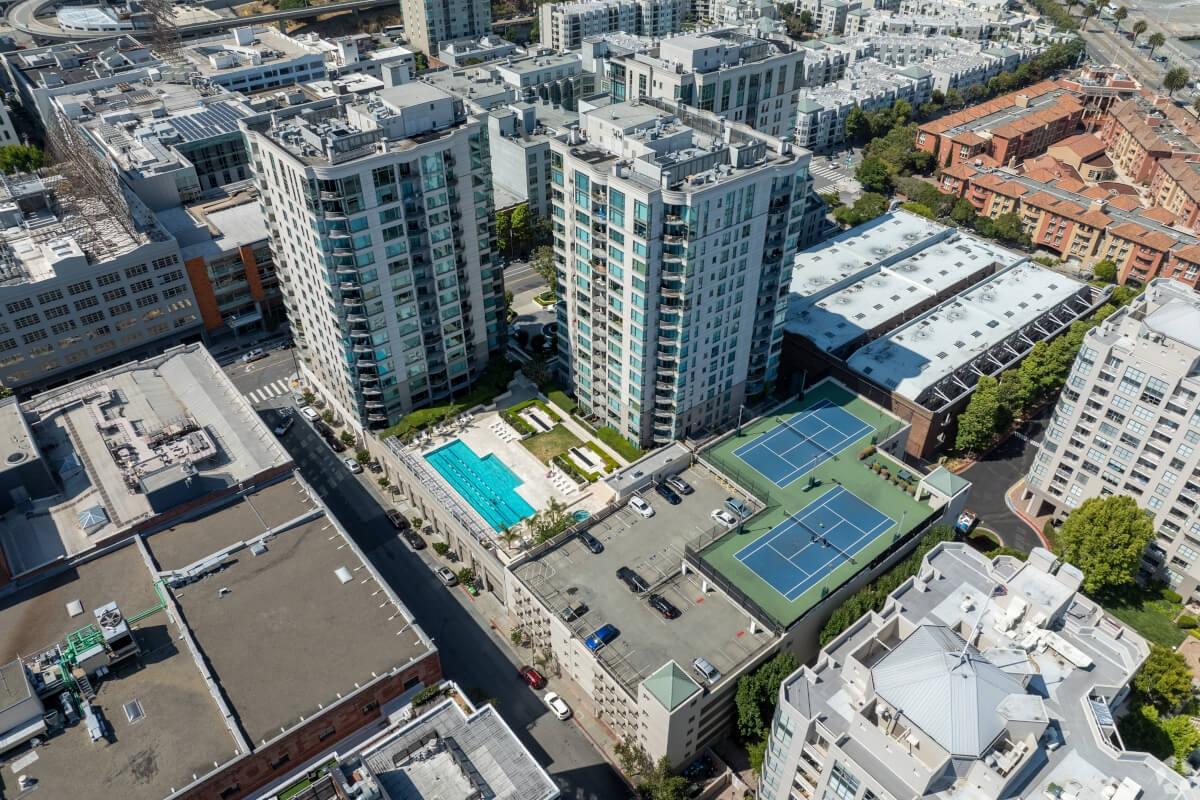
San Francisco has become one of the hottest rental markets in 2025. Hughes says that “the challenge of finding an apartment in San Francisco has increased in the past year as the market tightens and the vacancy rate shrinks to one of the lowest levels on record.”
Hughes attributes the competitive market to growth in the AI industry drawing a new cohort of young tech workers to San Francisco. RTO mandates, particularly in AI and tech companies, could also play a role. This combination of increased demand and very low new supply shows no sign of changing in the short term.
San Francisco is one of the cities with the most renters as many residents, both new and current, are entering the rental market instead of the for-sale market. Homes.com reports that the median home price in San Francisco is $1,350,000. Hughes points out that due to these high home prices and mortgage interest rates, few can afford to enter the for-sale housing market which continues to underpin demand for apartments.
On the supply side, apartment construction remains subdued causing challenges. Hughes reports that “While cities such as Charlotte, North Carolina; Austin, Texas; and New York, New York have over 20,000 units underway, San Francisco has fewer than 2,000 market-rate apartments under construction.”
In the past years, rent prices have increased by 6.2 percent to its current average rent of $3,102 a month as renters compete to get an apartment in a city with limited supply and construction but high demand. With its current rent prices, San Francisco is positioned to steal the title of the most expensive market back from New York.
Strategies for Renters to Find a San Francisco Apartment

With competition at record highs, some renters are resorting to unusual methods to secure a lease. However, there are proven strategies that give you an edge while helping you find the perfect home.
Explore affordable neighborhoods
Though apartments in San Francisco can be expensive, there are many affordable neighborhoods where you can find a cheap rental. If you’re okay with commuting, be sure to look outside the city to find lower prices too.
Find apartment communities offering rent concessions
Rent concessions can help sweeten the deal and save you some money, depending on the offer. Common offers include:
- Reduced rent
- Free rent for a certain period of time
- Reduced or waived security deposit
On Apartments.com, you can filter to look for communities offering move-in specials by scrolling to the bottom of the filter menu and selecting “Properties with Move-In Specials.”
Be prepared
The market in San Francisco moves at a break-neck speed where apartments are listed and snatched up on the same day. Be prepared with all the information and documents you need to apply so you can get started on the application process as soon as possible.
Be ready to compromise
In a perfect world, your next apartment would check every box. But in San Francisco’s competitive market, it helps to stay flexible. Think about which features you can’t live without and which ones you’d be willing to trade, but be ready to face the reality that you might have to give up a must-have to score one that’s higher on your priority list.
A smaller kitchen is worth it if you’re in a prime location, or you could skip on-site parking to score a lower rent. Being flexible and ready to compromise will expand your options and increase your chances of finding an apartment.
Offer a larger security deposit
In San Francisco’s competitive rental market, offering a higher security deposit can make you more attractive to landlords because it reduces their financial risk, signals your stability, and shows seriousness about the lease. However, the limit for the maximum security deposit is one month’s rent so you cannot offer or be charged more than that. If a community already asks for one month’s rent for a security deposit, you will have to try another strategy to stand out.
If you’re looking to rent from a private landlord, then the security deposit limit is different if the landlord only owns two properties with a combined total of four or fewer units. In that case the max is two month’s rent, so you might be able to offer a larger security deposit if the private landlord is not asking for the limit.
Negotiate with landlords
Negotiating with landlords can look different depending on if you are renting from an apartment community or an individual landlord. But many are more inclined to accept you as a renter if you offer the security of signing a longer lease or move in quickly.
Choose the right time to move
The season affects the market as well so consider the pros and cons of both the warmer and colder months. Winter often brings lower rates and move-in specials as communities try to fill vacancies, though you’ll face the cold and holiday season. Summer offers better weather, but higher demand drives up prices and competition.
Look for a roommate
Renters in San Francisco should consider looking for roommates because sharing an apartment can reduce costs in a market headed to be the most expensive in the U.S. It can also help you qualify and get a place as you’ll have two sets of credits scores, incomes, and background information to support your application.
Check out co-living housing
Just like renting with a roommate can help you afford San Francisco’s rent prices, co-living housing offers an affordable way to live in the city. Cost of shared spaces and amenities are split among residents, helping lower the overall rent. An added advantage is lease flexibility as renters benefit from the low rates that come with shared living but have their own individual lease, offering independence.
Investigate apartments in San Francisco with rent control or affordable housing options
Apartments with rent control or affordable housing options can help you find a rental that meets your budget. Rent-controlled units, typically found in buildings constructed before 1979, limit how much landlords can raise rent each year. The city also has affordable housing programs, including below-market-rate (BMR) units and lottery systems, that you can investigate to try to find a budget-friendly place.
Try finding an apartment to sublet
While subletting can be just as competitive as trying to rent an apartment, it is still an avenue that should be explored. Sublets can get you into an apartment quickly, though the length and terms can vary. Keep all your options open so you can start enjoying life in San Francisco.
Stay Ahead of the Market with Apartments.com
Now that you’re familiar with the rental market in San Francisco, it’s time to act. With apartments moving so quickly in San Francisco it can seem impossible to stay on top of it all. Use the Apartments.com “Save Your Search” function so you don’t miss an opportunity. You’ll get notified about new listings and availabilities on rentals that match your search criteria. Stay ahead of the competition with Apartments.com.
Rent data was gathered on October 13, 2025.
FAQs
How much does it cost to live in San Francisco?
The cost of living in San Francisco is 65.3 percent higher than the national average. Expect to pay about $8,488/month to cover basic household expenses, including rent, groceries, transportation, and utilities.
Why are people moving to San Francisco?
Beyond job growth and the AI boom, San Francisco is undergoing a broader renaissance. The city has stepped up efforts to improve safety, easing concerns that once drove residents away. At the same time, new programs, events, and investments are bringing life back to Downtown San Francisco, complementing the AI boom and drawing more people into the city.




